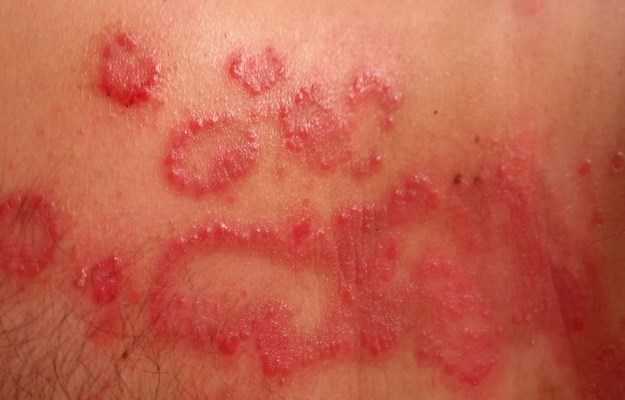Erysipelas is a skin infection that is caused by bacteria on the upper-most layer of the skin. It is similar to cellulitis except in one way: cellulitis affects the lower layers of the skin. A person with erysipelas usually notices large, raised patches of skin that turn red and shiny.
Earlier, it was believed that erysipelas occurred only on the face. However, it can occur on other parts of the body including the torso and limbs, too. In fact, an estimated 80% of all cases of erysipelas occur on the legs.
The treatment of erysipelas involves antibiotics; usually penicillin-based medicines. If you are allergic to penicillin, ask your doctor for an alternative like erythromycin.
Once you've had erysipelas, you have a one in three chance of getting it again. It is important to see a doctor each time you get the bacterial infection, and not self-medicate.
Continue reading to find out more about the symptoms, causes and treatments available for erysipelas.

 Doctors for Erysipelas
Doctors for Erysipelas 


































